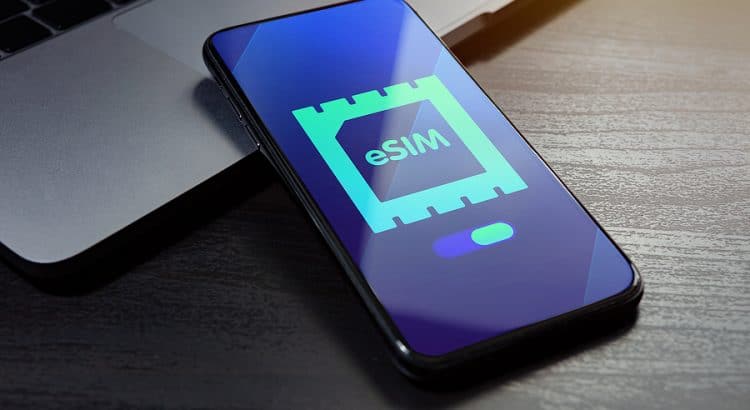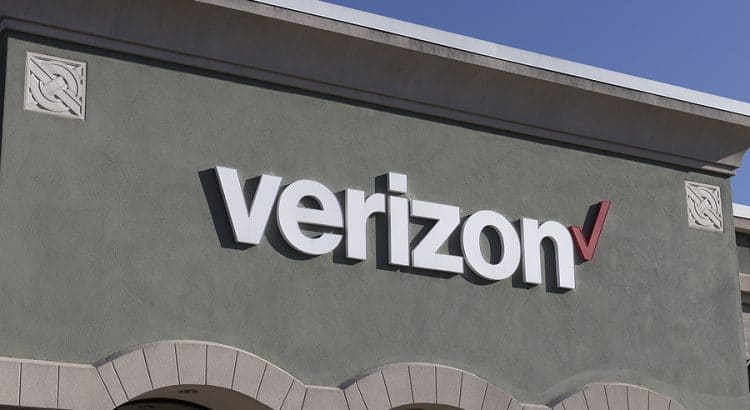TracFone is experiencing a security incident. Some customer data was compromised, and attackers sometimes managed to port out phone numbers. TracFone put up a webpage with details about the incident:
It sounds like TracFone tried to contact affected customers but may have been unable to in cases where numbers were ported out:
I’m unsure about the scope of the issue. In a brief search, I couldn’t find any direct reports from affected customers. That may suggest the breach was minor. On the other hand, the incident seems serious since it spurred TracFone to run a banner drawing attention to the incident across TracFoneWirelessInc.com:

I don’t know which TracFone brands are affected. I didn’t see a similar banner on the websites for TotalWireless or StraightTalk.
Hat tip to Dennis Bournique, who drew my attention to this story.










